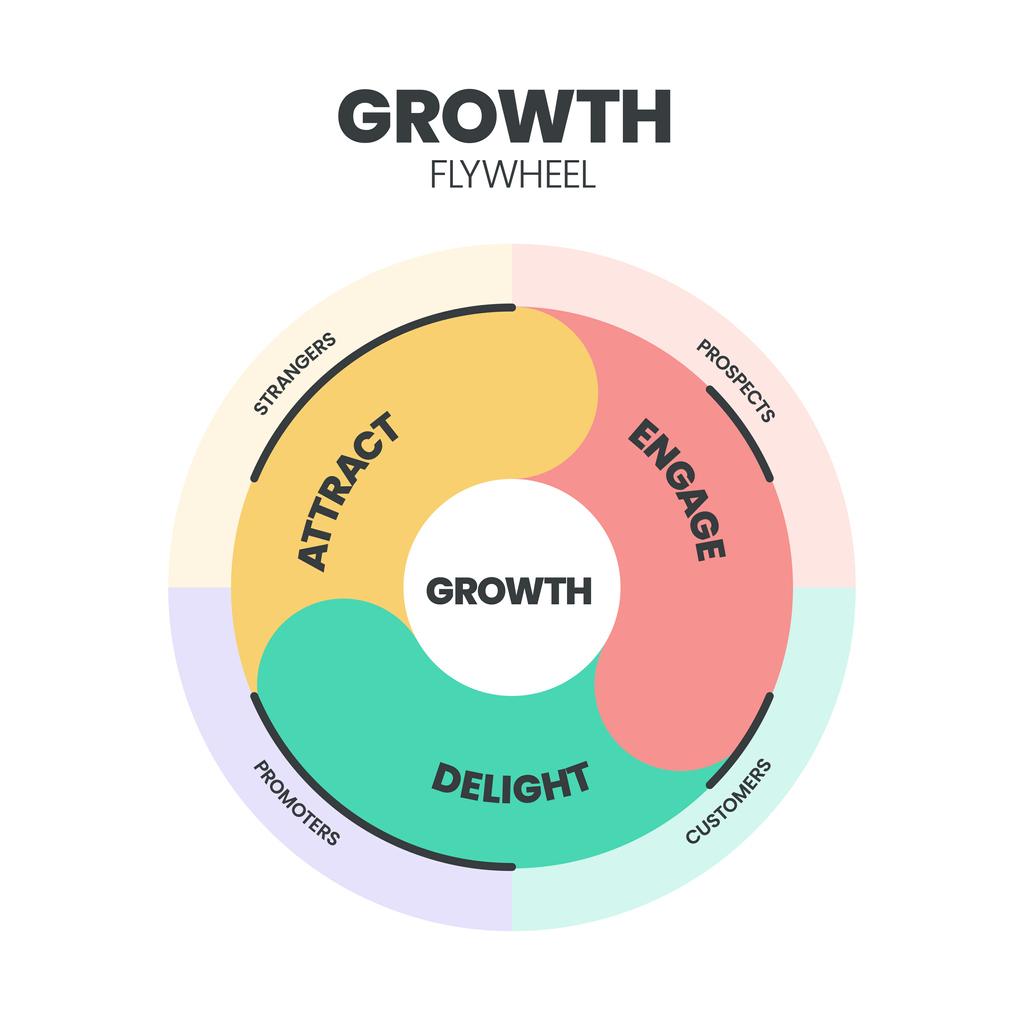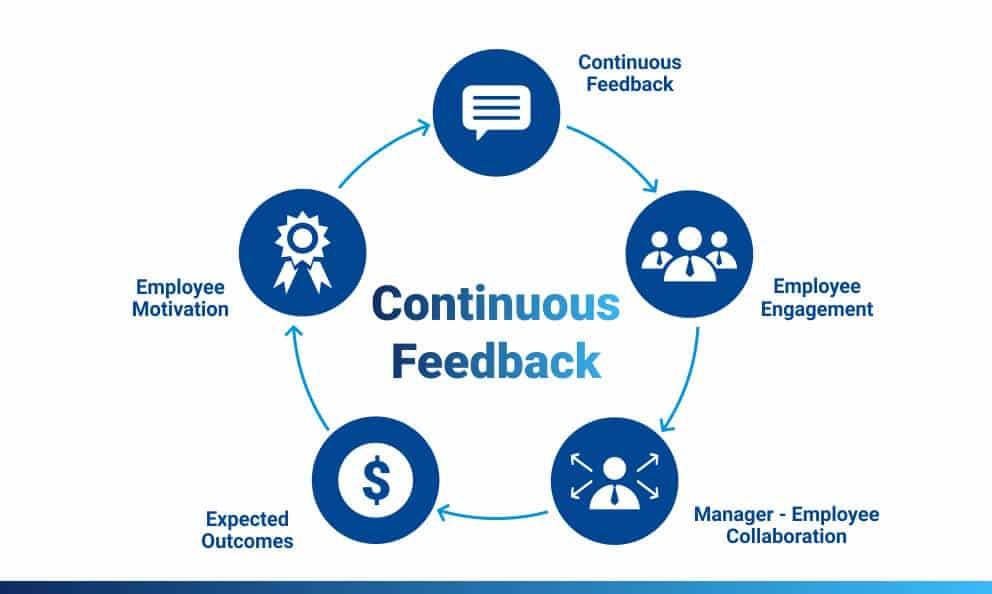



In an era where artificial intelligence continuously reshapes the marketing landscape, Chief Marketing Officers (CMOs) find themselves at the helm of a dynamic and often turbulent journey. The rise of AI brings with it both unprecedented opportunities and complex challenges that demand strategic foresight and innovative approaches. As organizations grapple with rapid technological advancements and shifting consumer expectations, traditional marketing frameworks may no longer suffice. enter the flywheel model—an approach that emphasizes sustainable growth through a cyclical process of attraction, engagement, and delight. In this article, we will explore how CMOs can leverage the flywheel model to seamlessly navigate the undulating currents of AI disruption, harnessing its potential to create a cohesive and resilient marketing strategy that not only survives but thrives in a world driven by intelligent technology.
The Flywheel Model offers a dynamic approach to understanding consumer behaviour and operational efficiency,particularly when integrating AI technologies into marketing strategies. This model emphasizes a continuous cycle of engagement, wherein every interaction contributes to a momentum that drives growth and innovation. In the context of AI, organizations can harness data-driven insights to better understand customer needs, predicting behaviors before they manifest. The silent, yet powerful feedback loop created by this integration allows for optimized marketing efforts that not only attract new customers but also deepen relationships with existing ones.
Applying the Flywheel Model with AI entails a focus on three core components: attract, engage, and delight. By leveraging AI tools, such as predictive analytics and personalized content, marketers can effectively:
| Component | AI Application |
|---|---|
| Attract | Predictive targeting |
| Engage | Chatbots and automation |
| Delight | Sentiment analysis |

As businesses face the dynamic landscape shaped by AI advancements, the need for a customer-centric approach to strategy becomes increasingly crucial. By integrating AI innovations into their marketing frameworks, CMOs can leverage vast amounts of data to better understand customer behaviors and preferences. This involves shifting focus to individual customer experiences by adopting tools such as predictive analytics and machine learning algorithms, which can identify trends and optimize outreach efforts. Effective strategies may include:
Moreover, embedding AI into the flywheel model not only attracts new customers but also keeps existing ones engaged. By nurturing relationships through consistent AI-driven communication, businesses can create a self-sustaining cycle of growth. Key tactics to implement this model effectively include:
| action | AI Role |
|---|---|
| Feedback Collection | Sentiment analysis to gauge customer satisfaction |
| Customer Journey Mapping | Identifying touchpoints using data-driven insights |
| Predictive engagement | Forecasting needs for proactive outreach |

in an increasingly dynamic marketing landscape, leveraging feedback loops is essential for optimizing strategies and campaign effectiveness. By incorporating mechanisms for continuous input from customers and stakeholders, CMOs can ensure their marketing efforts remain relevant and resonant. Key actions include:
Furthermore, establishing a culture of experimentation can substantially bolster this feedback-driven approach. This entails fostering an surroundings where teams feel encouraged to test new ideas and iterate quickly based on the data gathered. Consider creating a feedback scorecard that includes:
| Metric | Key Indicator | Frequency of Review |
|---|---|---|
| Customer Satisfaction | Net promoter Score (NPS) | monthly |
| engagement Rates | Open and Click-through Rates | Weekly |
| Market Trends | Social Media Mentions | Bi-weekly |
This structured visibility allows teams to address areas of concern swiftly while also celebrating successes and validating effective initiatives as part of a cohesive flywheel affect in marketing. As feedback is incorporated and acted upon, the marketing machine becomes not only more efficient but also increasingly aligned with the evolving demands of the market.

Success in AI-driven marketing initiatives hinges on a set of well-defined metrics that allow for effective monitoring and continuous betterment. It’s essential to consider conversion rates, which measure the percentage of users who take a desired action after engaging with your content. Additionally, customer lifetime value (CLV) helps quantify the total worth of a customer over the entirety of their relationship with your brand. To ensure a holistic view, marketers shoudl also pay attention to engagement metrics, such as average session duration, bounce rates, and social shares, as these can indicate the relevance and impact of AI-generated content.
Another critical area to assess is return on investment (ROI), which calculates the profitability of marketing campaigns relative to their costs. An effective way to track this is through a structured dashboard that presents key performance indicators (KPIs) in real-time. Consider utilizing a simple table format to summarize your findings over time:
| metric | Current Value | previous Value | Change |
|---|---|---|---|
| Conversion Rate | 5.2% | 4.7% | +0.5% |
| Customer Lifetime Value | $250 | $230 | +8.7% |
| Return on Investment | 150% | 130% | +20% |
a balanced approach that prioritizes both quantitative and qualitative metrics will empower CMOs to make data-informed decisions and drive strategic AI initiatives effectively.
As we conclude our exploration of the Flywheel Model in the context of navigating the intricacies of AI turbulence, it’s clear that the intersection of marketing and technology offers both challenges and remarkable opportunities. By embracing the principles of the Flywheel, CMOs can foster a more cohesive and responsive approach to their strategies—transforming potential chaos into a continuous cycle of growth and innovation.
In a world where AI capabilities rapidly evolve, grounding marketing efforts in a holistic framework ensures that brands not only react to change but also harness it creatively and strategically. As the landscape shifts, the agility afforded by the Flywheel Model will empower CMOs to drive meaningful engagement, create lasting customer relationships, and ultimately, thrive within the vibrant ecosystem of digital conversion.
We are at the precipice of a new era in marketing, and as CMOs take the reins with this revolutionary mindset, they will not only navigate the turbulence of AI but also chart the course for future success. The journey ahead is poised to be as exciting as it is challenging—let the Flywheel be your guide.